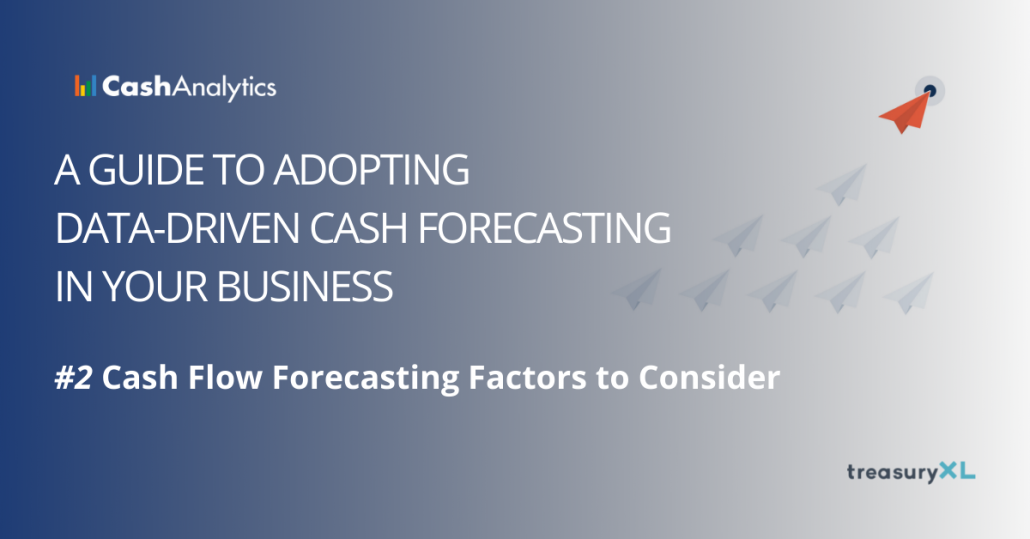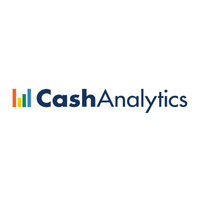10-03-2022 | treasuryXL | CashAnalytics | LinkedIn |
The cash forecasting process involves planning and predicting a variety of different types of cash flow — from expected customer receipts to tax payments due to the government.
Unfortunately, there is no one-size-fits-all approach for most companies as the process of predicting one type of cash flow is very different from predicting that of another. For instance, forecasting customer receipts is very different from forecasting tax payments.
Other factors such as the underlying business model and how far into the future the forecast extends also determine the forecasting methods and techniques adopted. But by mapping out the forecast and analyzing it within the context of the business, you can quickly determine which data-driven forecasting methods will produce the most realistic and accurate output.
But before selecting a forecasting method and building the forecast, there are some important things to consider upfront:
Know the Cash Flow Category for your Forecast
You must understand the nature of and the drivers behind the type of cash flow you are trying to predict and where to source the data needed to forecast.
For example, in most businesses, the key driver of cash flow is topline customer receipts. Everything else flows from this. If customers don’t pay, you won’t be able to pay. Or, at the very least, if you can’t predict when they will pay, it’s difficult to predict the cash you’ll have in the future — and, ultimately, what cash can be paid out to meet obligations.
As a starting point, it’s critical to map out key cash flow categories and understand the dynamics of each. Cash forecasts are typically created at a “management reporting” level of detail, and some of the most widely used cash
flow categories are:
- Customer receipts/ Cash revenue
- Supplier payments and other non salary costs of goods
- Salaries and compensation
- Rent and facilities
- Capital expenditure
- Tax
- Interest and debt payments
Remember your Business Model
A company’s business model has a huge influence on what method of forecasting is chosen for each cash flow category. After all, a company that sells heavy machinery to other large businesses will have a very different method for forecasting customer receipts than an e-commerce company.
But there still may be similarities in other areas of the forecast, particularly if both companies buy raw materials or goods from other large companies. In this case, how they forecast supplier outgoing payments could look quite similar.
Other business model considerations include the payment behavior and requirements of your largest customers and suppliers — particularly if certain customers or suppliers account for large percentages of cash flow.
Leading on from this, your company’s attitude to the extension of credit to customers — and under what terms — will influence how the forecast is created and what method is used.
Take Forecast Time Period and Granualirty into account
A forecast’s granularity and time period will also help determine which forecasting method to choose. Short- and long-term forecasting for the same cash flow category typically requires different methods.
For instance, building a daily forecast for supplier payments for the next 30 days is very different from forecasting supplier payments in a nine to 12-month period. Attempting to use a single method for both won’t provide satisfactory results as one is for the short term and the other is for the long term.
Knowing what granularity to forecast at and for what period in time also requires a judgment call driven by the trade-off between effort and output.
Everyone would like as much granularity as possible. But is a daily forecast for a year really necessary? How would having this level of detail help? Could you instead reduce the granularity in the longer end of the curve — reducing the effort invested?






